When
people think of Spanish music, typically thoughts of Spanish classical guitar
and flamenco probably come to mind. And while you wouldn't be wrong with that,
but those styles only scratch the surface of what music Spain has to offer. And
as diverse as Spain is, it can certainly vary from region to region, too. You
also have to look at its history: every time a different group moved into the
area, they introduced instruments and musical styles that stuck to their
culture like cat hair on masking tape.
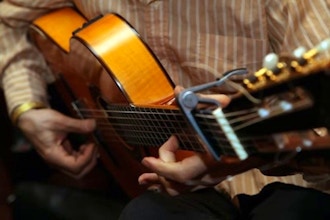
Early on, the music in this area was generally a mix of Roman style (that they
borrowed from the Greeks), the Visigoths (a Germanic group who borrowed a lot
from the Romans), and the Moors from North Africa. During the Renaissance and
the Baroque periods, many Spanish composers traveled abroad to France, Germany,
Italy, and other countries to study music and composition and then returned
home. Classical guitar method books were also published for the first
time.
 |
| Zarzuela |
Classical music basically had its "laid on the couch all weekend"
moment during the 17th and 18th centuries. Very little was done, although a few
Italian composers were appointed to write for the Madrid court, including one
of my all-time favorites, Domenico Scarlatti. (I can definitely see a Spanish
influence in some of his pieces.) However, during the 19th century, Spanish
composers took a different focus than composers of other countries. They
developed their own type of secular-based opera called zarzuela, and many
composers really focused on this as a genre. Generally, Spanish composers moved
away from the symphonic ensemble in preference toward chamber groups and solo
instrumental music. Guitar music and piano music flourished during this time,
and composers like Enrique Granados and Isaac Albéniz were and still are widely
popular in classical music. I've always wondered why Spanish classical music
never seems to really be included in Western classical music studies, and even
James Michener wondered this himself in his book Iberia.
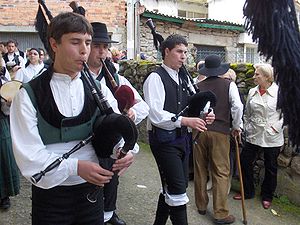 |
| Yes, those are bagpipes. They're especially used in Galician gaita music. |
Acoustic guitars are especially important to traditional Spanish music.
However, music styles can vary depending on which region of Spain you’re in.
Even at that, the main instruments you’ll probably hear besides guitars and
other guitar-like instruments are castanets, tambourines, a variety of flutes,
bagpipes (yes, you read that right), other various drums, fiddle, and
accordions.
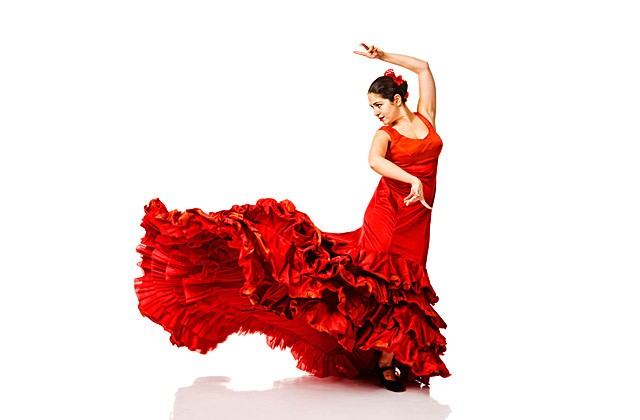 |
| Flamenco |
Quite
a few dances originate from Spain, and many are tied to regional music styles.
Probably one of the most famous dances from Spain is flamenco and has its roots
in Andalusia. Aragon is most noted for its dance, the jota, which is a type of
stick dance. In the Basque country, not only do you find the jota dance, but
the fandango dance (this was mentioned in Queen’s “Bohemian Rhapsody”). Other
dances include the rumba and the bolero.
.jpg/300px-Enrique_Granados_1914_(2).jpg) |
| Enrique Granados at the piano |
There
are so many musicians from Spain that it was hard to give a fair listen, but I
did take a quick listen to several. First of all, I took a listen to some
classical music. The first one I listened to was some guitar works by Manuel de
Falla. I really enjoyed listening to this. I’ve always love classical guitar
and wished I could play. I bought a mandolin several years ago and tried to
teach myself, but my pianist hands just won’t cooperate. The next one I listened
to was Enrique Granados. I have some excerpts from some of his piano stuff. I
wouldn’t mind having more of his stuff in sheet music. Isaac Albéniz is another
who writes a lot of piano music that I may have to look up, too.
 |
| Enrique Iglesias |
I
listened to Enrique Iglesias, who I really liked in the 1990s/2000s. Man, did
some of this music bring me back. (His father is the famous Julio Iglesias.) Lauded
as the King of Latin Pop, it’s no wonder that he is still popular after a
couple of decades of being on the scene. He’s put out albums in both English
and Spanish. Another musician who excelled at the ballad is Alejandro Sanz.
 |
| Manu Chao |
And
even though Manu Chao is from France, he was originally from Spain and his
parents left Spain during Franco’s regime. So for that reason, I’m including him
here. I’ve been a huge fan of his music for many years. And what’s impressive
is that he sings in Spanish, French, English, Portuguese, and a few others
languages get thrown in as well.
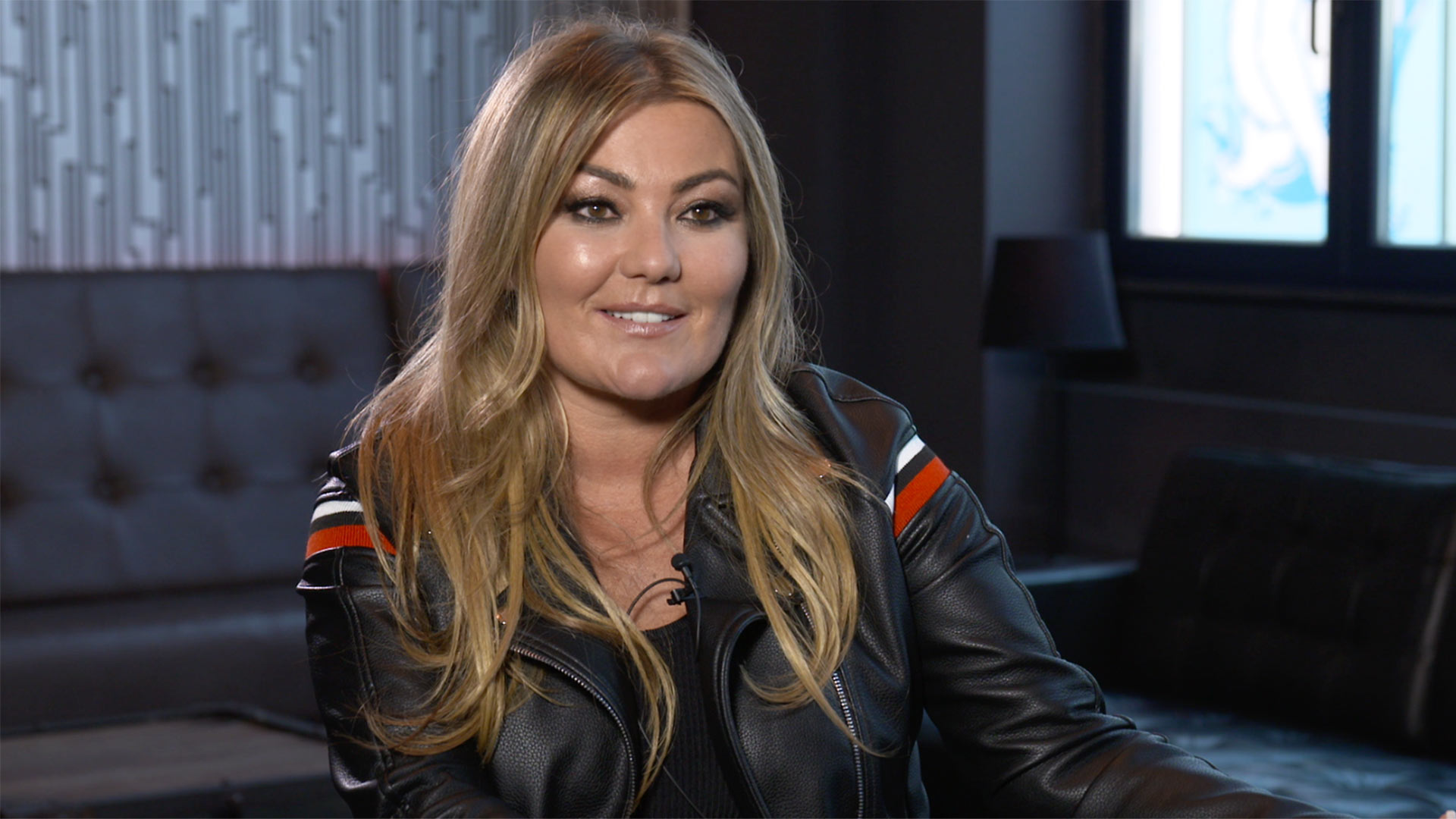 |
| Amaia Montero |
In
the pop category, I listened to Amaia Montero. She kind of reminded me a little
of Colombia’s Fanny Lu. She uses the acoustic guitar a lot, and I appreciates
that when she belts out, it’s not distorted like some singers get. I also
listened to Ana Torroja. She was once part of Mecano, one of the most
successful bands from Spain during the 1980s and 1990s. Natalia Jiménez is
another pop singer I listened to. Her music seems to utilize more of a
traditional sound to it.
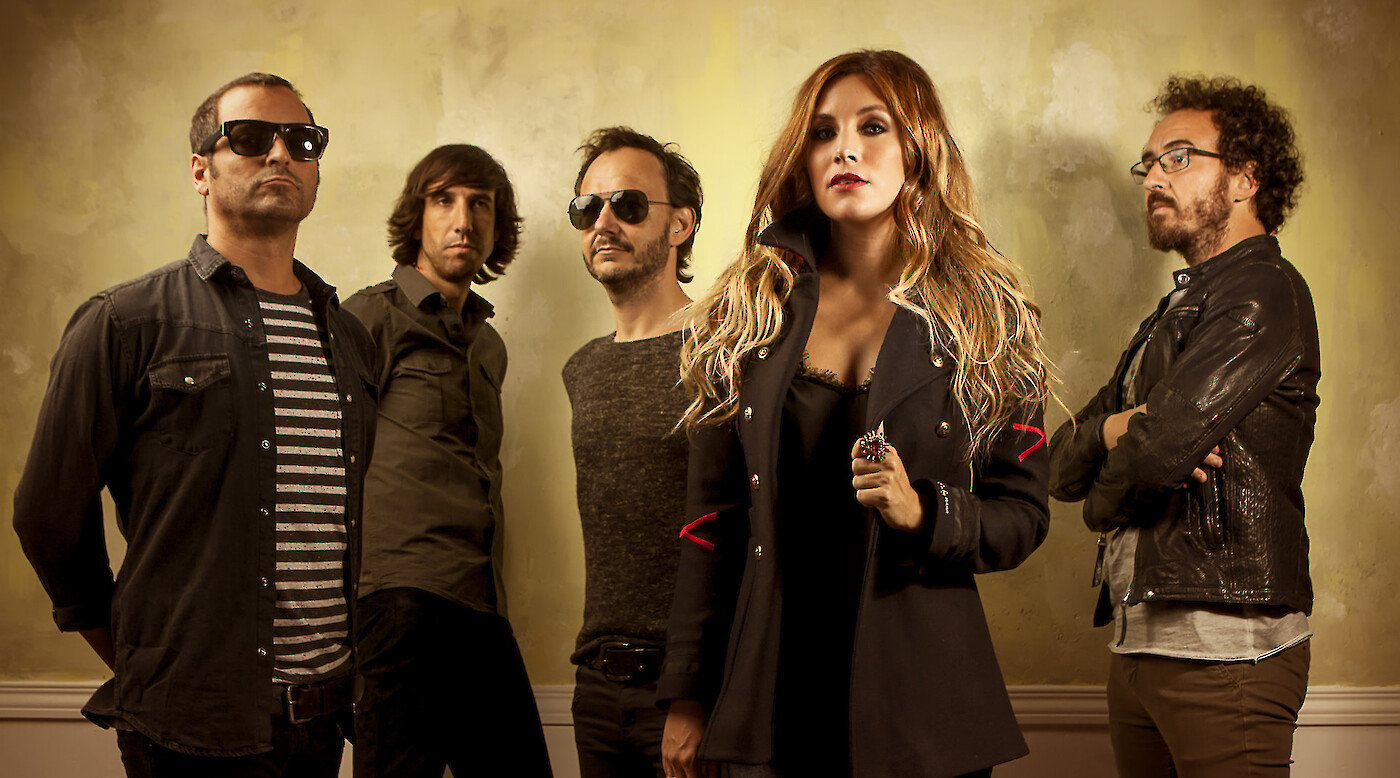 |
| La Oreja de Van Gogh |
When
it came to rock bands, I listened to a few: La Oreja de Van Gogh caught my eye
because it means “The ear of Van Gogh,” which I thought was funny. But their
music is pretty catchy. It’s more of an indie rock style. Mägo de Oz is a
harder rock band, bordering on Celtic metal punk on some songs and folk rock on
others. October People is another band that’s more on the indie rock side of
things. They remind me a little of 1980s new wave rock. I like their name
because I’m an October People (b. Oct. 28). And while definitely rock,
Extremoduro seems to blend in a little blues into their rock at times. Despite
its name, Warcry is not as hard as their name leads you to think it is. Their
music seems like it falls under the rock ballads genre. One band I listened to
solely because I think their name came from the Beatles song of the same name:
Sexy Sadie. I really like their style, which is more of a 1990s pop rock. And
they sing in English.
 |
| Mala Rodriguez |
I’ve
waited years to talk about one of my favorite musicians: Mala Rodiguez. I have
a weak spot for female rappers, and Mala does not disappoint. I have three of
her albums. Another hip-hop group I listened to was Violadores del Verso. I’d
say they tend to be a little more minimalist on the instrumentals (but not
always), but it’s still catchy. And I really liked listening to Due Kie. Their
music seems to mix EDM, rock, and hip-hop. There’s a lot going on, but I like
it.
Up
next: the food



.jpg/300px-Enrique_Granados_1914_(2).jpg)






No comments:
Post a Comment